In April 1945, the British Army liberated Bergen-Belsen concentration camp. Just weeks later, a convoy of 96 medical students from Guy’s, King’s, St Thomas’ (GKT), and other medical schools arrived to assist in the recovery effort, saving thousands of lives in the process.
When the British Army arrived at Bergen-Belsen in 1945, they were confronted with horrors that defied imagination. They found approximately 43,000 men, women and children huddled in huts, starving and sick with typhus and other ailments, reduced to barely human as a result of the suffering and starvation they had endured. Beyond the huts lay the bodies of over 10,000 people, some in open mass graves, but most lying outside the huts. It is estimated that 50,000 died at Bergen-Belsen before liberation, with a further 13,000 dying afterwards as a result of the horrendous situation they had endured.
In April 1945, the British Army liberated Bergen-Belsen concentration camp. Just weeks later, a convoy of 96 medical students from Guy’s, King’s, St Thomas’ (GKT), and other medical schools arrived to assist in the recovery effort, saving thousands of lives in the process. Some of the students documented their experiences in their medical school’s gazette:
Extract from King’s College Hospital Gazette, written by John Towers, Editor and A.J Kenny, Assistant Editor
Although it was the fourth concentration camp to be liberated, with 43,000 survivors (two thirds of whom were women), the situation at Bergen-Belsen displayed a level of human suffering that was difficult to comprehend. BBC journalist Richard Dimbleby visited the camp shortly after liberation. When he filed his report, the BBC initially refused to broadcast it, finding his descriptions too horrific to be true. Determined that people should know what had occurred in the camp, Dimbleby staked his career on it and threatened to resign unless the broadcast went ahead, which it did.
The British Army began the work of trying to feed the survivors, but it was clear that medical assistance was needed, especially as the war continued around them. That help came in the form of 34 medical students from Guy’s, King’s, and St Thomas’, alongside students from other London medical schools. The students had responded to the Red Cross call for volunteers to assist in feeding Dutch refugees recently liberated from German occupation; however, at the last minute, they were diverted to Bergen-Belsen. The information they received on what to expect was scant, and little could have prepared these young men for what they were about to experience.
Arriving a fortnight after liberation, they set to work immediately. Each student was given responsibility for a hut housing 200–600 people. With little in the way of medical supplies or assistance, the students worked tirelessly to bring the survivors back to health. However, due to the devastating conditions the survivors were living in, they continued to die at a rate of around 500 a day.
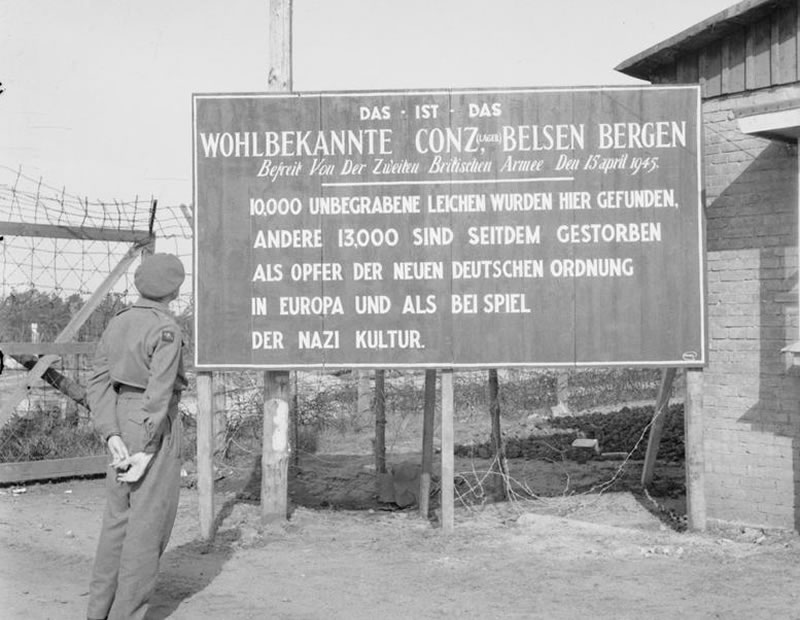
A sign erected by British Forces at the entrance to Bergen-Belsen concentration camp, Germany, 29 May 1945
Writing home
The students shared their experiences in letters to their families.
John Kilby, Guy’s
‘Belsen is a place beyond all imagination. It was originated for death by slow starvation. One’s first job is to find the dead and get them removed. Our job is keeping alive those in the huts until they can be got to the hospitals.’
John Reynolds, St Thomas’
‘Inside the huts lay people in all stages of disease. Many were dead. Practically all were emaciated, many having starvation oedema… Sanitary arrangements were practically absent and nearly all the internees had violent colic and diarrhoea… the state of the huts may be imagined… Work in Camp 1 preceded apace… The death rate… dropped fairly quickly… this was mainly due to organisation of feeding arrangements.’
Michael Davys, Guy’s
‘Scenes of indescribable horror, filth, squalor and disease… they have been dying of starvation and typhus at about the rate of 500–600 a day… I have in my hut 300 patients. It is the size of a stable – about 100 are very ill but able to walk or crawl. 200 are lying huddled, next to the dead… I am very tired. We work a very hard 12-hour day. The scenes I have seen here will be vivid memories for the rest of my life.’
What the GKT students experienced is not a widely known story, something which Professor Stephen Challacombe, FKC FMedSci DSc PhD (Dentistry, 1968) is keen to rectify. He is currently working on a book covering the history of the GKT students and, last year, hosted a sold-out event sharing the story. It was a topic suggested to him by Stanley Davis, a fellow member of the Guy’s John Fry Alumni Association, and they began to delve into the topic.
‘I couldn’t believe that I hadn’t heard the story of these students
before, and that they didn’t have a more prominent place of recognition in Guy’s, King’s and St Thomas’.’
Realising the magnitude of the job at hand, Professor Challacombe’s research has progressed at pace. He says, ‘I found that the students had kept incredibly detailed accounts of what they encountered, initially in their respective hospital gazettes.’
And, as time has gone on, Professor Challacombe has met with
family members of the students and has been able to piece together what happened to them once they returned, forever changed by the experiences they had in Bergen-Belsen. Professor Challacombe tells us, ‘Most of them flew back on a weekend, handed back their uniforms and some of them were back in lectures on Monday. But others returned with typhus, and some with tuberculosis, meaning that their studies were delayed until they had returned to health.’
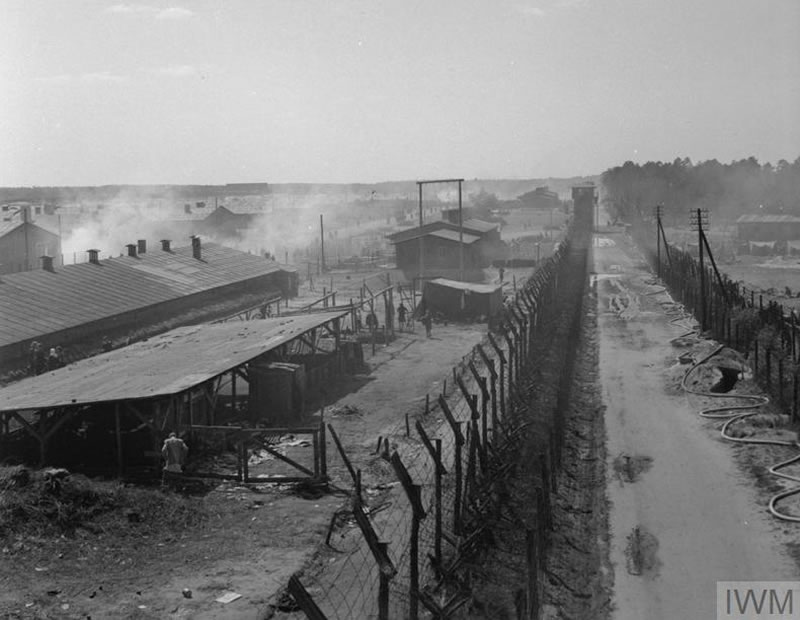
I found that the students had kept incredibly detailed accounts of what they encountered, initially in their respective hospital gazettes.
PROFESSOR STEPHEN CHALLACOMBE
The 34 GKT medical students all stayed in medicine, going on to make significant impacts in their fields. Professor Challacombe shares, ‘The achievements are too many to list – but, for example, the first Breast Unit in the country was started at Guy’s by John Hayward, one of the students. Though even his colleagues had no idea of his history. I think it’s important for us to know that this group went on to make the most outstanding contributions.’
The mission to serve is at the heart of King’s, and nowhere is it more evidenced than in the way this remarkable group of GKT students served those in need in some of the most devastating circumstances. To commemorate this, the John Fry Alumni Association and the KCL Alumni Association have raised funds for plaques to be erected in their honour. The first, funded by the John Fry Alumni Association, was unveiled at Guy’s early last year, and it will be followed by two more – one at Denmark Hill and one at St Thomas’ – funded by KCLA.
List of GKT medical students who assisted at Bergen-Belsen:
Show Guy’s list
Daniel Oliver Davies, also known as Dan Davies
Michael Gwynne Douglas Davys
Dennis Henry Forsdick
John Kilby
John Langford Hayward
David Sells Hurwood
John Spencer Jones
John Eric Mandel
James Andrew Turner
David Maurice Rahilly
David McPherson Strange
David George Arthur Westbury
Show King’s list
Michael James Forth
James Learmonth Gowans
Alan John Kenny (A.J Kenny)
Norman Lees
Bernard William Meade
Thomas Pimblett
John Towers
Ian Clifford Leonard White
Gwyn Williams
Sidney Clifford Brookfield Yorke
Show St Thomas’ list
Edmond Arthur Douglas Boyd (Eddie Boyd)
Alan David Rowan MacAuslan
Michael Harold Farnham Coigley
Keith Maxwell Fergusson
Peter J. Horsey
Alex Paton
John Anthony Reynolds
John Stephenson
Peter Barr Taylor
Arthur Thompson Cook
Claude Dempster
Ian Whimster
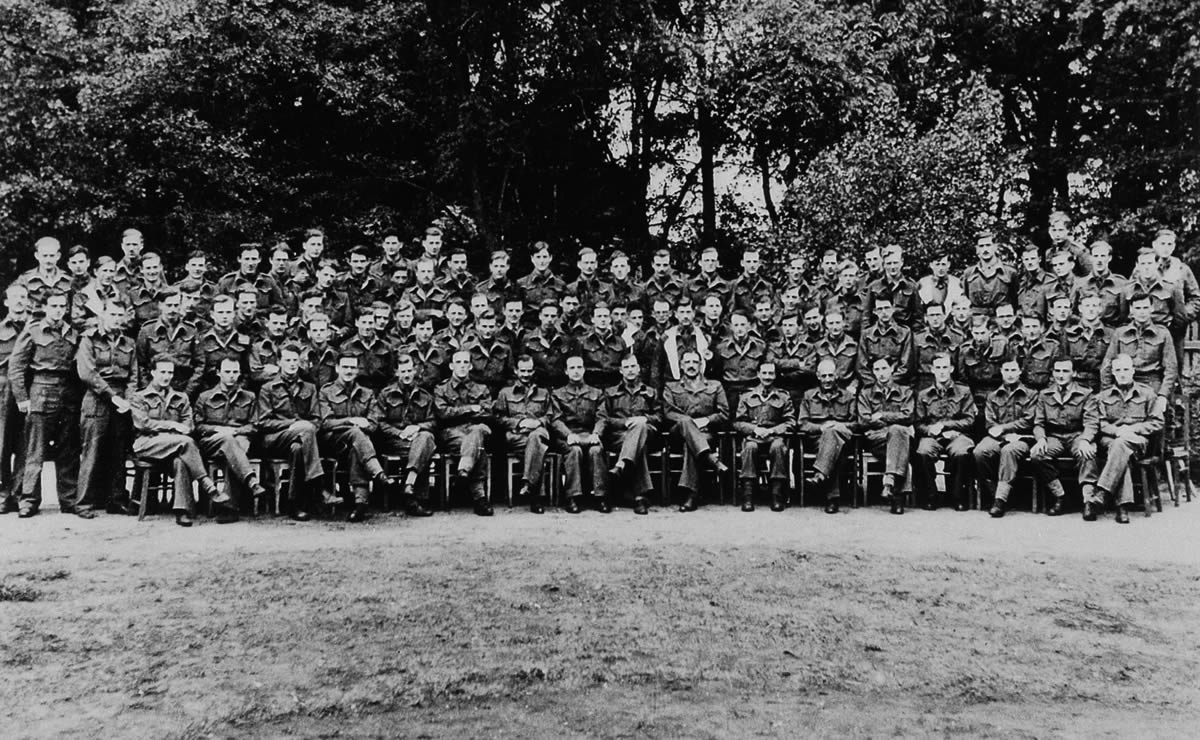
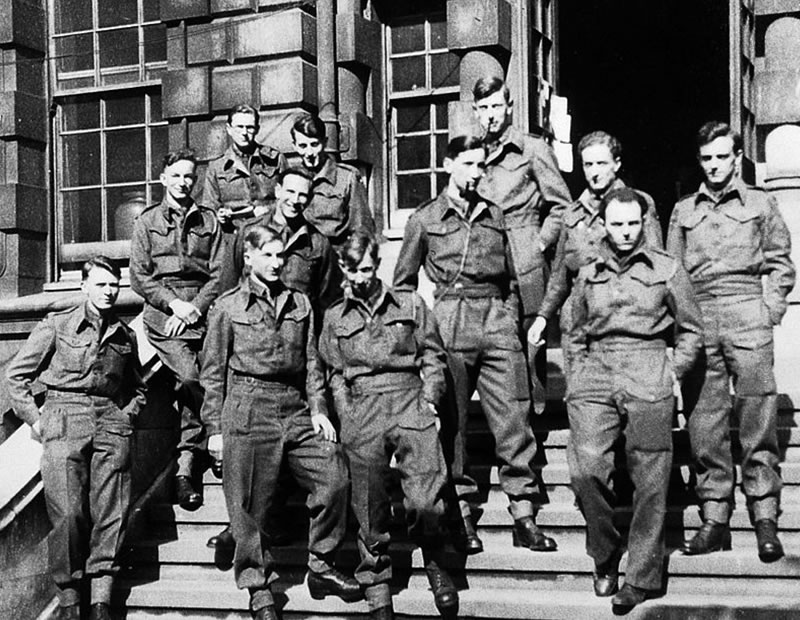
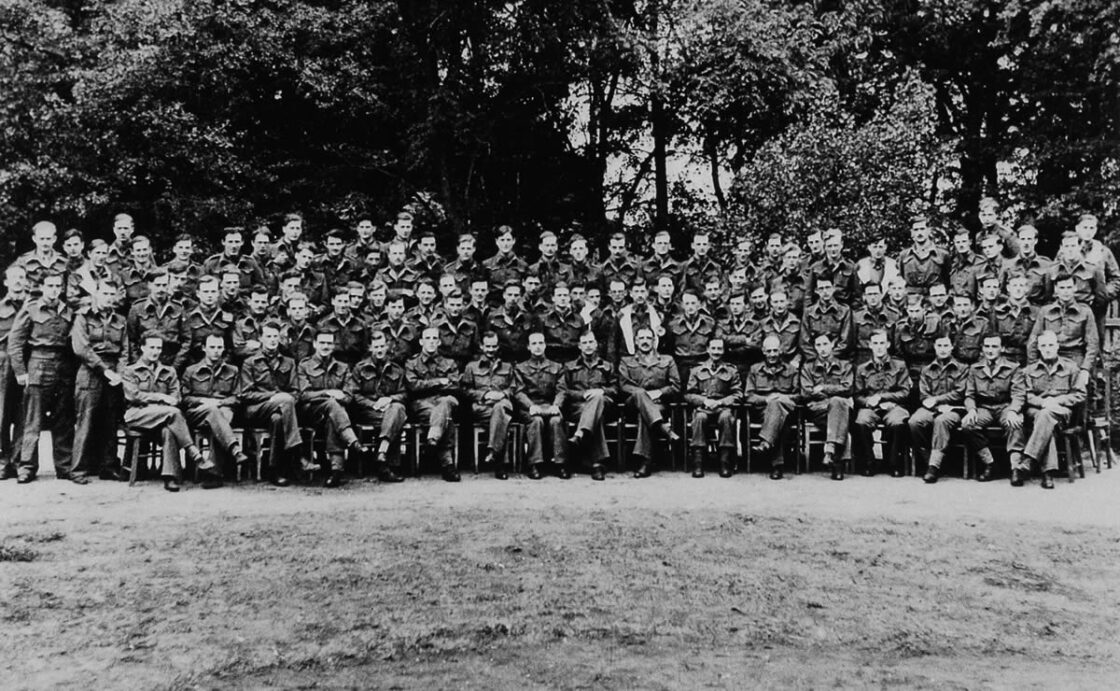







My father was one of the first soldiers in to Bergen Belsen —he never spoke much about it…..
I’ve long thought there’s a book (film?) in this amongst the annals of the more recent, human interest stories in WWII. If the students were working , effectively, as junior doctors, who were the nurses?
There is indeed at least one book and a film about the medics who helped at the liberation of Bergen-Belsen. The nurses who assisted came from the British army’s Queen Alexandra’s Imperial Military Nursing Service, and groups from Australia, the USA and New Zealand too. It’s also worth noting that although Guy’s, King’s and St Thomas’ had a number of female medical students the call for volunteers was only for the male students.
my father spoke only of this horror he was in the RAMC
He was John Holmes Tasker…a consultant in North-West Manchester
he said it was a question of sorting the living from the dead…David Dimbleby …my mother was a nursing sister at great Ormand street hospital who also worked privately in Carshalton. She had five boys always wanted a girl. One of them died at birth. Three went into medicine. Two successfully.
A huge relief effort was undertaken by many organisations not only of the concentration camps but for the millions of displaced people in Europe following World War 2. Volunteers from St John Ambulance, British Red Cross and even Scouting and Guiding took part. The book All Things Uncertain recounts some of this.